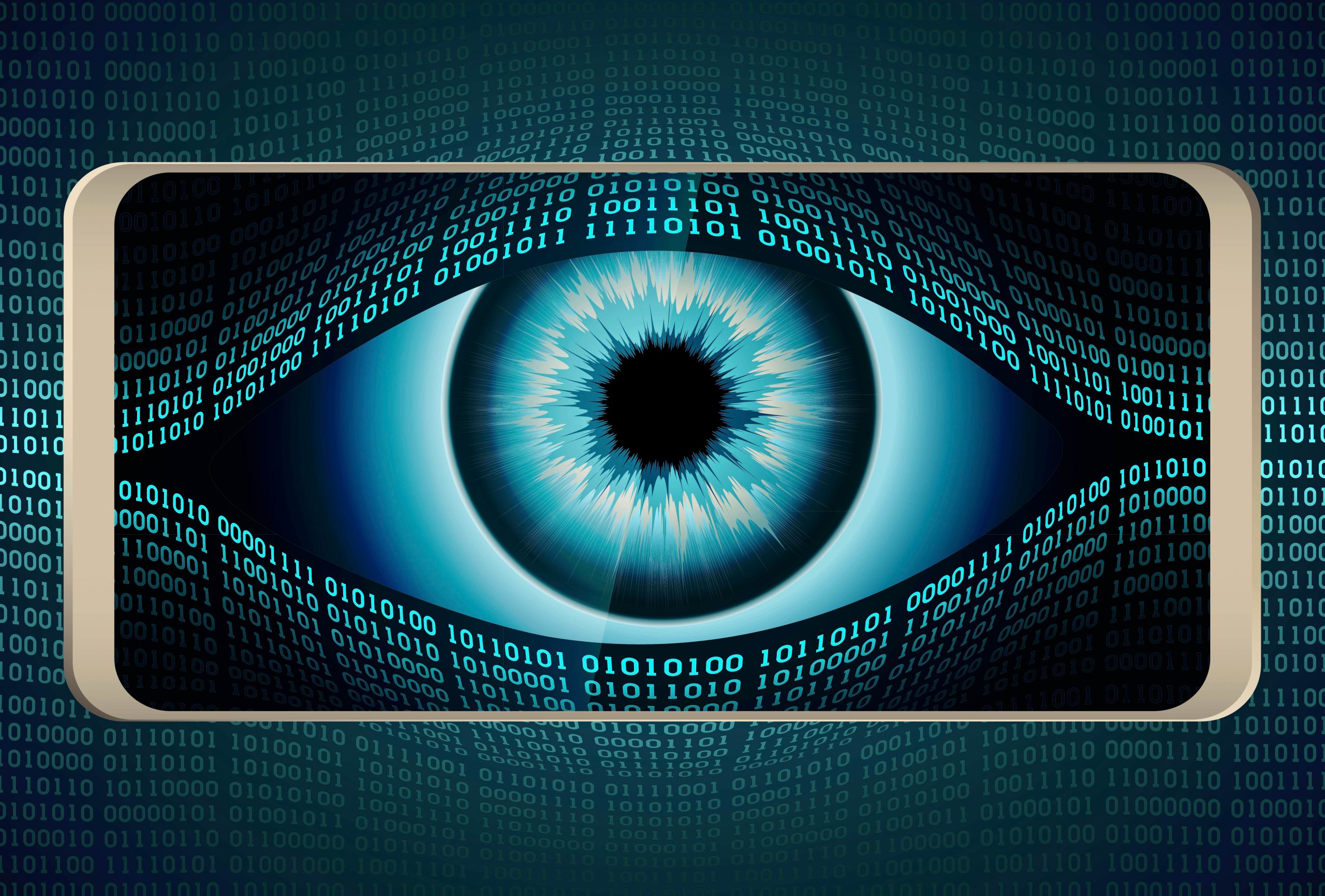Contents
Samantha is preparing for a party she’s hosting this weekend. She’d like to purchase a standalone freezer so she can cook in advance. Between carpool, the dry cleaners’ closing time, and the dog’s appointment at the vet, there is simply no time to hit the stores, or browse through a myriad of online options.
Samantha takes 30 seconds to snap a photo of her available space and uploads it to the snap-to-purchase app. The app analyzes the space and offers three options for freezers that will fit her kitchen’s dimensions. The app also recognizes the espresso maker in the image and suggests an upgraded model. Samantha selects the products she wants, hits the Buy button, and leaves home just in time for her carpool.
Magic? No – computer vision.
Enterprise adoption of AI in CRM
In recent years, a wide range of AI technologies have been successfully integrated into the CRM domain, from sales and marketing to customer support and retention. A recent report indicates that 28% of organizations have already adopted AI into their CRM activities and another 41% said they plan to adopt it within two years.
Despite the traction in AI adoption in variety of areas, including speech, text, conversational platforms and robotic process automation, there is still a missing link – the visual aspect.
Computer vision is especially essential in CRM where the visual gap is greatest: the customer sees a specific item in his physical environment, such as computer cables, utility bill, car damage, etc., while the agent can only see the CRM screen before him. This necessitates frustrating and costly back-and-forth dialogue before the issue can be resolved.
With 50% of the brain used for visual processing, humans have a strong propensity for visual images. Visual engagement is the key to an optimal customer experience, and computer vision is well positioned to take visual engagement to the next level using the power of automation.
Rise of Computer Vision
Since 2015, computer vision has become more mature, with image recognition achieving significant improvements thanks to deep learning techniques, and in some fields even surpassing humans in the ability to recognize objects. Computer vision technologies such as object recognition, facial recognition, image to text, and image similarities – can add significant value to CRMs by giving ‘eyes’ to both agents and customers.
These technologies can be implemented in assisted service mode – to route visual customer inquiries, interpret them and assist the agent with visual decision support tools – or in self-service mode – where the customers visually interact with bots that are able to visually guide them to self-resolution.
Computer vision is relevant across the entire customer journey, including sales and commerce, marketing and customer service. Some examples:
Computer Vision in Sales & Commerce
Computer vision can be a force multiplier for adding more essential insights for customer upsells and cross sales. Its visual capabilities can be integrated with core AI sales technologies, such as recommendations, forecasting and scoring. In addition, visual capabilities can help the customer choose the best product that fits his physical environment, to personalize the sales process and avoid NFF returns.
Early adopters of computer vision have already made great strides in the retail and e-commerce space. Amazon Go revolutionized the industry with their Just Walk Out shopping experience, and the fashion and cosmetics industries have harnessed augmented reality to provide virtual ‘try-on’ capabilities and real-time style analysis and recommendations.
Furniture retailers have introduced self-service apps such as Wayfair View in Room 3D and Ikea Place that allow customers to visualize furniture in their own home ahead of purchase, just by holding up their smartphone.
For example, a customer would like to buy a new sofa that fits his living room. The bot views the space through the customer’s smartphone camera, and calculates the perfect sofa size. The bot can also ask the customer about desired colors, styles and fabrics, and search for store branches that carry the desired models in inventory.
Computer Vision in Marketing
With computer vision, marketers can personalize the customer journey like never before and optimize their campaigns. Computer vision has access to an unlimited volume of visual data – with loads of visuals from videos and social media. To get an idea of scope, Snapchat users alone share 9,000 photos per second. These visual aspects can help with better targeting campaigns as well as scoring of leads.
For example, image-based marketing may target a customer doing online research to determine which flat screen TV is best. Computer vision contextually identifies the content of an image – 42” flat screen TVs – and displays a targeted ad on the image itself. Similarly, video-based marketing may target a customer watching YouTube to learn how to install a new smart security system.
Computer vision segments the user based on past behavior, and delivers targeted ads for specific camera types to the relevant segments. The system can even be trained to adjust advertising media in real-time based on changing click-through behaviors.
Computer Vision in Customer Service
Customer Service is already shifting toward visual communication – thanks to the popularity of video chat technologies and video tutorials. Adding the element of computer vision AI will take customer service to the next level with automation.
Computer vision can add essential data to customer’s profile based on visual data: the customer’s facial profile, home environment, car, purchased devices, bills, contracts, etc. It can also help predict issues before they even happen, allowing a customer care team to avoid dissatisfaction or attrition. When customers do reach out, computer vision can effectively route the case to the relevant agent, and help the agent better diagnose the customer’s issue.
For example, a customer calls in reporting trouble with his coffee machine. The IVR asks him to upload images of his machine. With image recognition, the model is identified, and common issues are suggested. The call is classified and routed to an agent for prompt service. Similarly, computer vision can be used to encourage customer self-service.
For example, during an on-boarding session, the customer is often required to provide a scanned copy of his ID. With image recognition and OCR capabilities, the document can be positively identified as a valid form of ID. The bot can correct the customer or request more information if needed.
Next Step: Computer Vision Training
Computer vision in CRM is still at a very early stage, and far from being widely adopted. For advanced visual bots to recognize and analyze visual images to the highest degree of accuracy, the creation of massive data sets is required to effectively train the model. For example, in order for the visual bot to correctly identify an espresso machine, the bot must have had the opportunity to process tens of thousands of images of each model in various lighting, angles and positions. Building these massive data sets is extremely time consuming and labor-intensive, and simply out of scope for many enterprises and vendors.
More and more enterprises are realizing that the most effective way to teach these bots is by leveraging existing visuals provided by their customers. However, while crowdsourcing images may appear to be the simplest solution – visuals acquired from a customer’s home or property trigger a number of privacy and security issues.
For example, images uploaded by the customer or by a technician may include background images of family members, the home’s physical environment, or other identifiable personal details. Due to the efforts required for data acquisition and these privacy issues, it will take time to select the right use cases, dedicate budgets and move from a POC stage to a full production.
Summary
While there is still a way to go, computer vision is quickly developing into an integral part of CRM as personalization of the CX becomes the mantra of every consumer brand. Computer vision applications in branding are expected to assist in gaining better predictive insights and deliver recommendations for sales, personalize and target the customer journey for marketing, and enhance the overall customer experience for customer service. And choosing the right kitchen appliances in under a minute… well, that’s the promise of computer vision.






